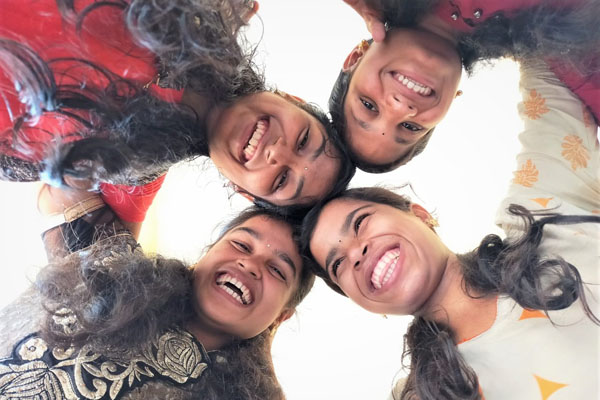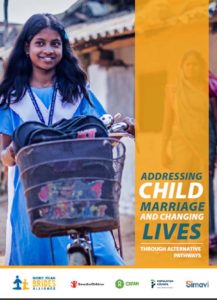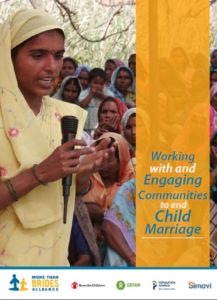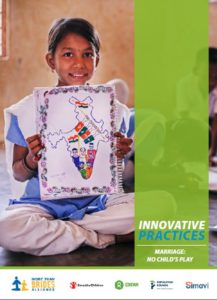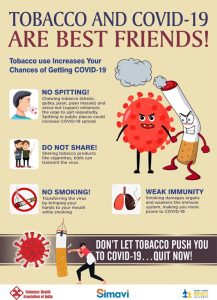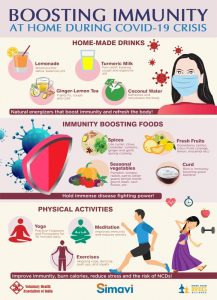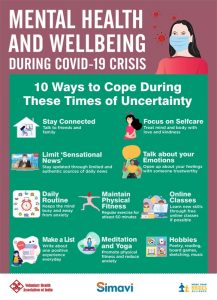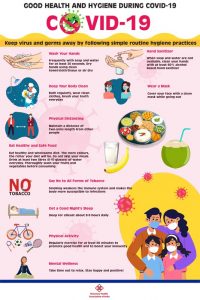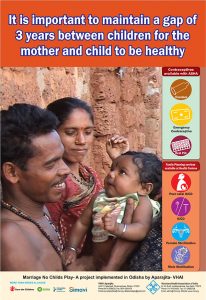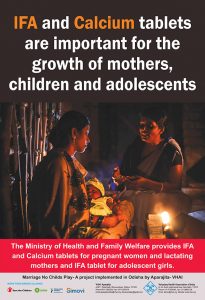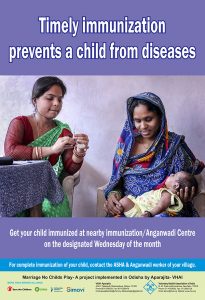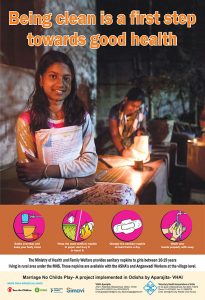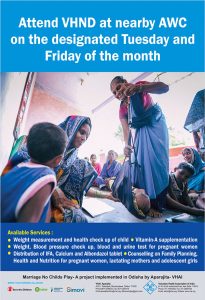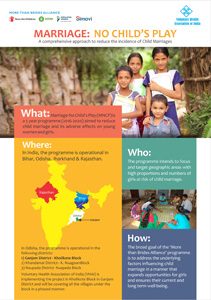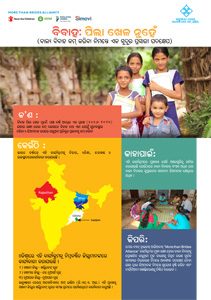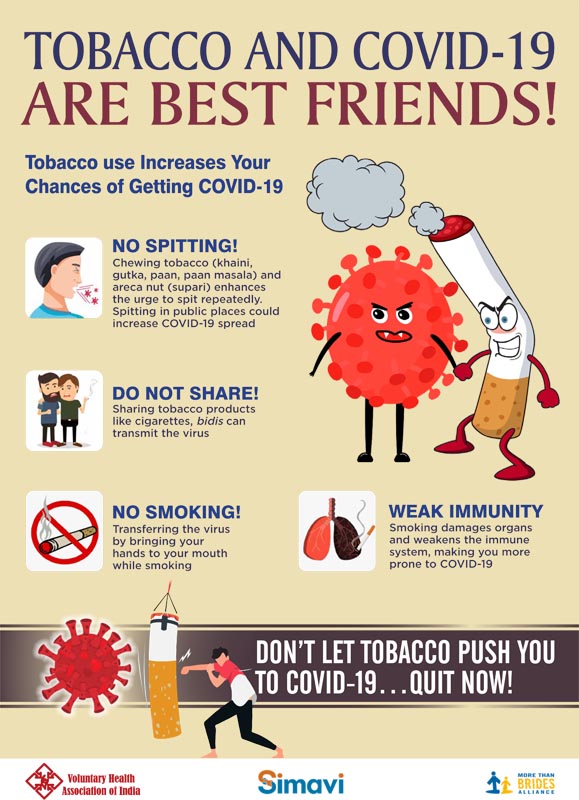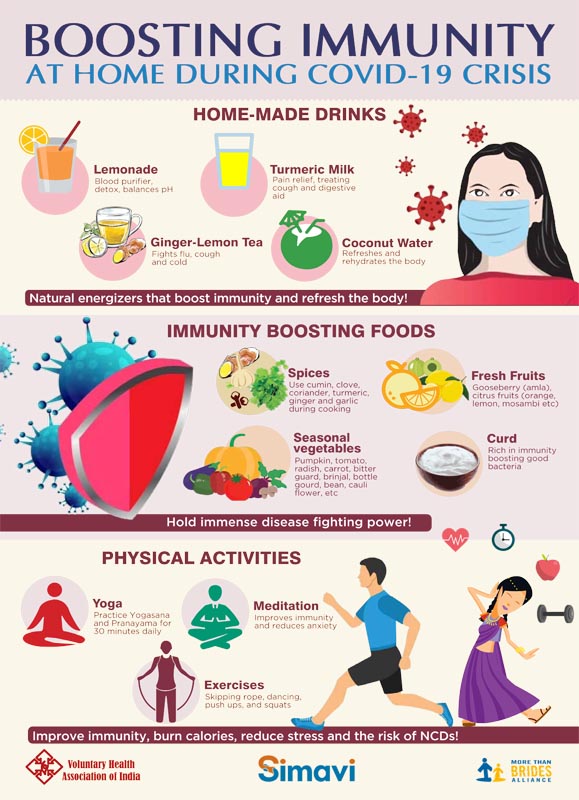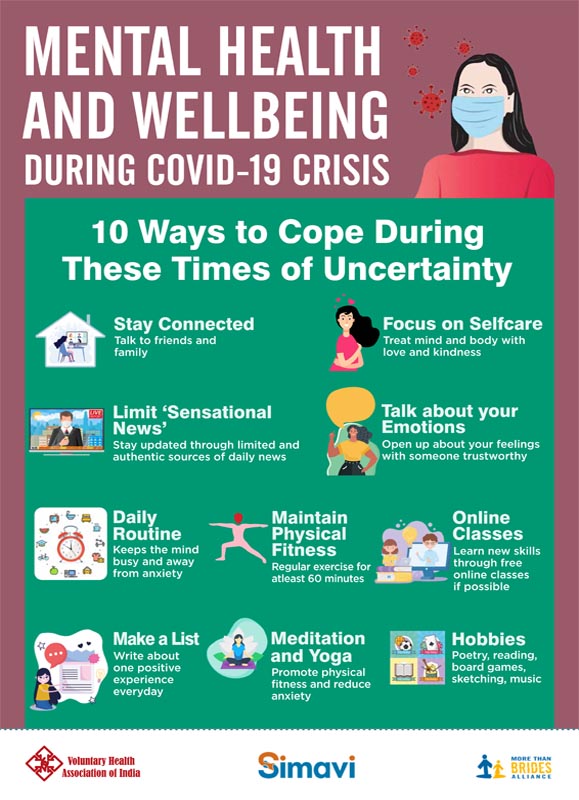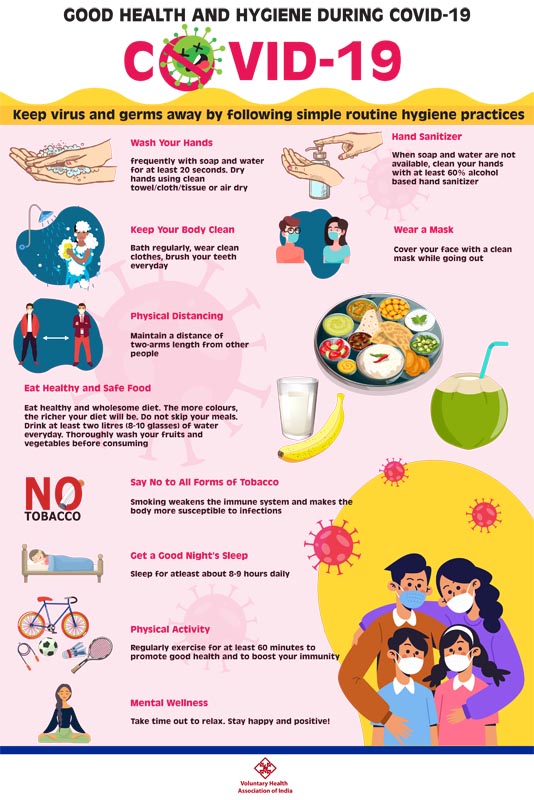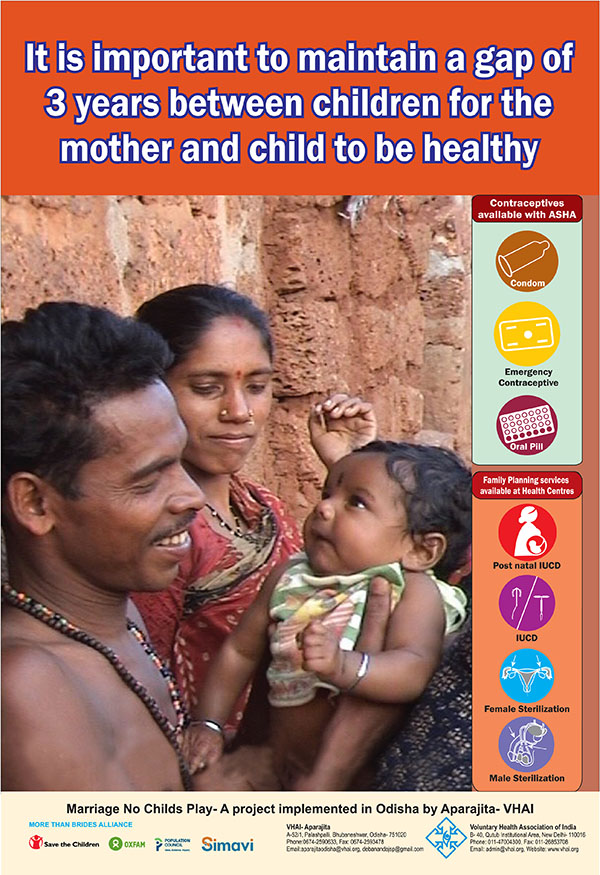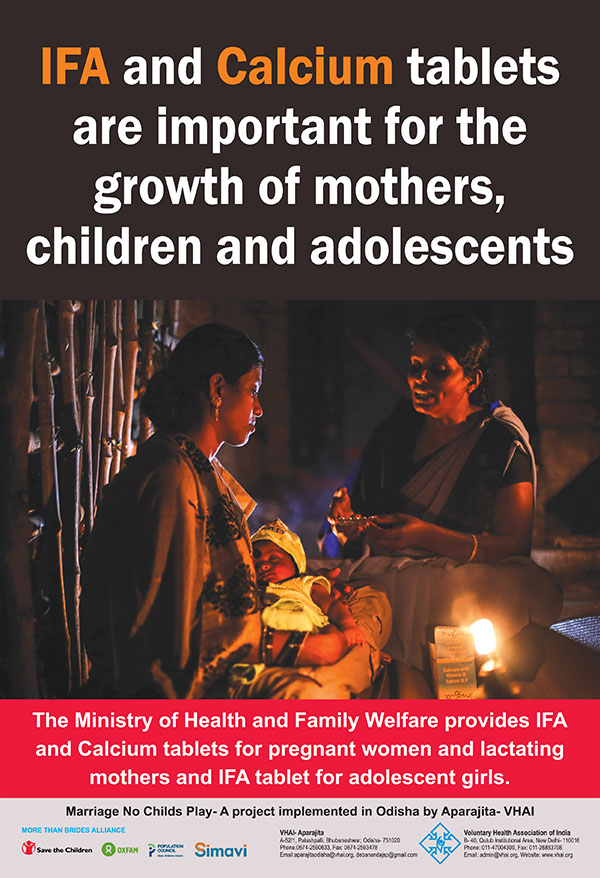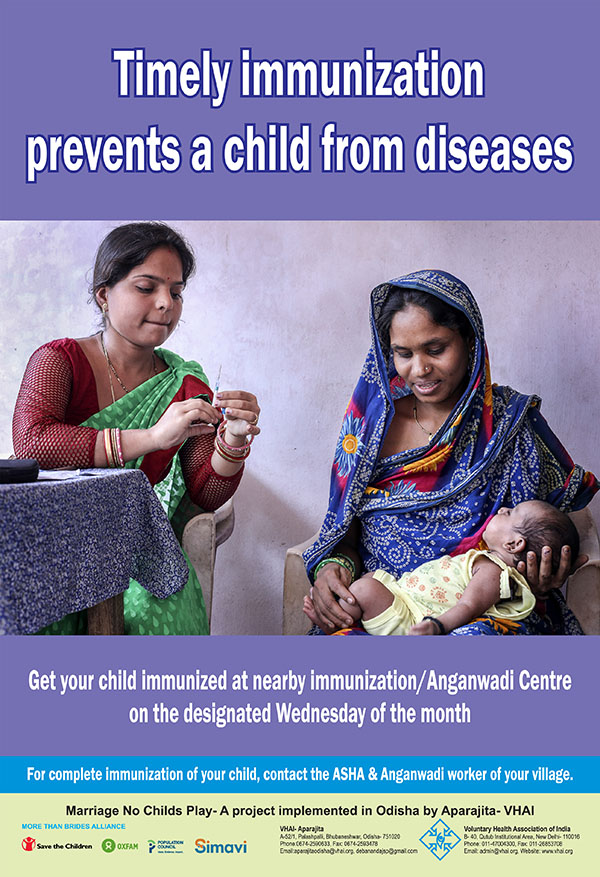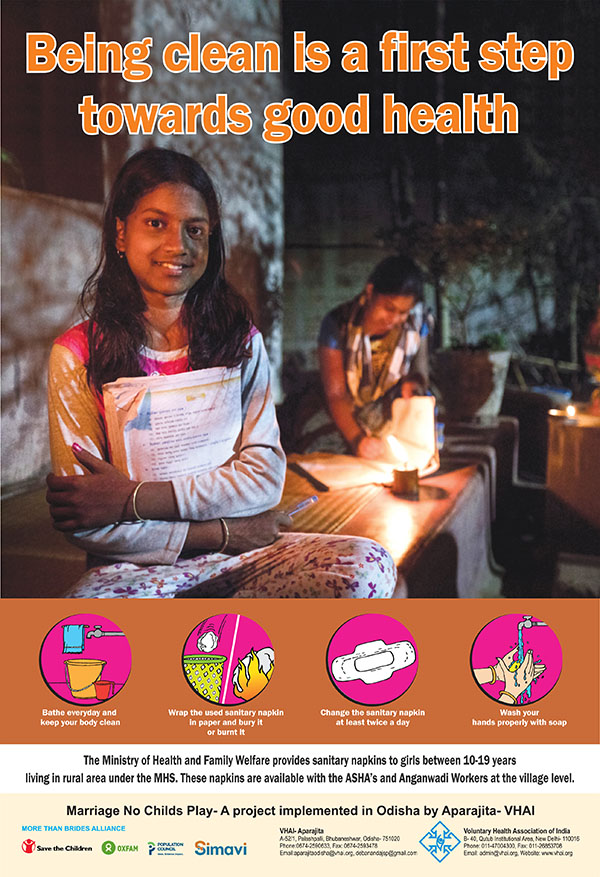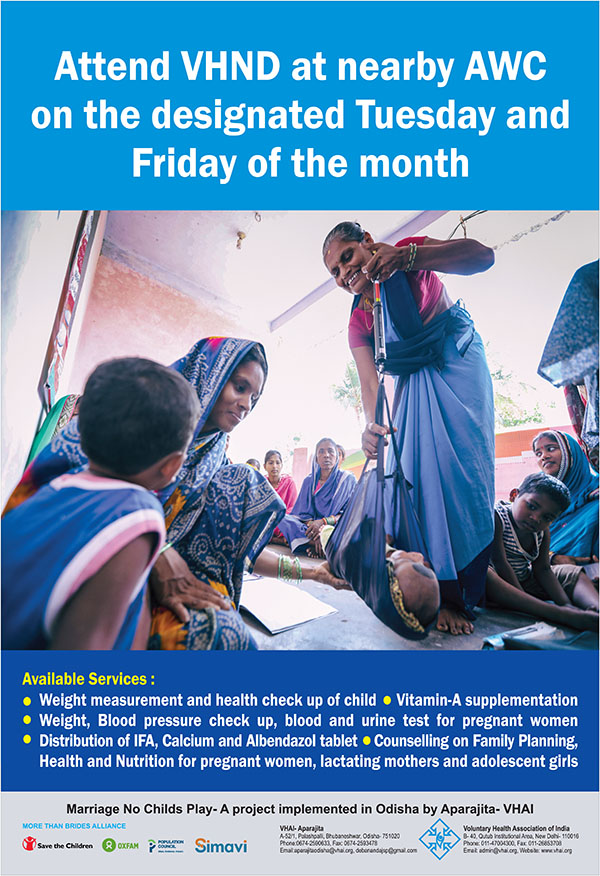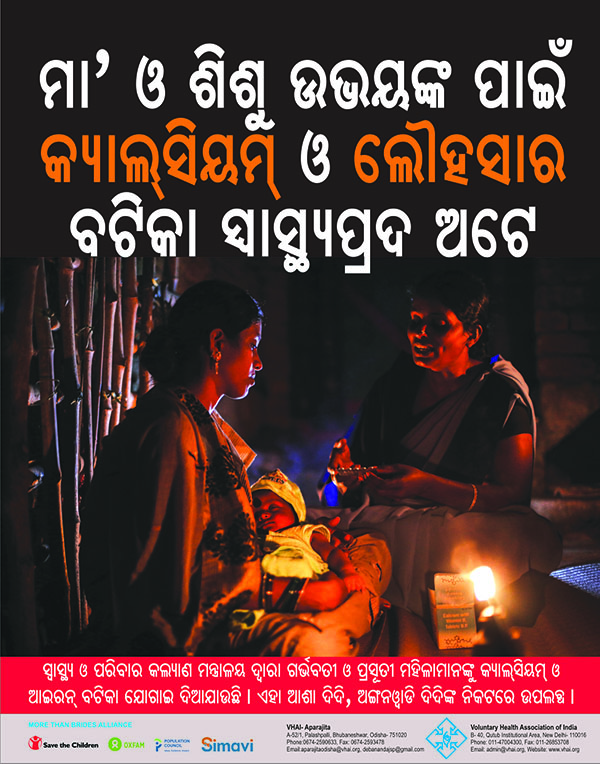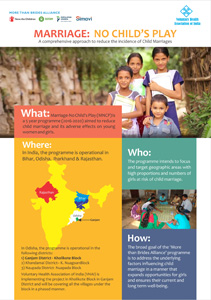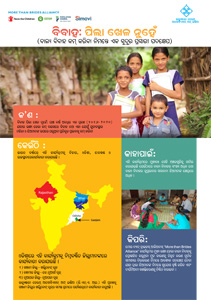Overview
About the Programme
Marriage: No Child’s Play (MNCP) is a comprehensive programme aimed to reduce child marriage and its adverse effects on young women and girls. The programme is being run by a global alliance titled ‘More than Brides’ (MTBA) in 5 countries with 4 partners that include SIMAVI, Save the Children, Oxfam Novib and Population Council. The broad goal of MTBA is to address the underlying factors influencing child marriage in a manner that expands opportunities for girls and ensures their current and long term well-being. In India, the program is operational in Bihar, Odisha, Jharkhand & Rajasthan.
VHAI is implementing MNCP in Khallikote Block, Ganjam District, Odisha as SIMAVI partner. This programme is the continuation of two previous SIMAVI supported programmes that focus on Sexual Reproductive Health Rights (SRHR), namely the ‘Unite for Body Rights’ (UFBR) [2011-2015] and ‘Unite against Child Marriage’ (UACM) [2014-2015].
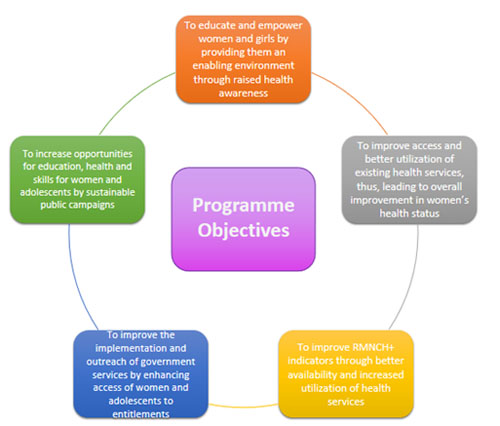
Key Outcomes
- As girls convinced their parents, 284 early marriage proposals were averted. More than 10,000 adolescents were actively involved in awareness generation to prevent child marriage & its adverse effects as well as SRHR issues.
- About 533 adolescent groups were formed at the village level and group sessions on sexual reproductive health rights (SRHR), life skills education (LSE) and financial literacy were initiated through 864 trained Discussion Leaders. The programme has reached 13,853 adolescents through group activities.
- Adolescent led primary research was initiated through selected Discussion Leaders (DLs) to assess the condition of water and sanitation, nutrition, education and child protection village/gram panchayat level. The findings were shared with concerned officials at Gram Panchayat, Block and District
- A collective approach was initiated by VHAI to make drop out free schools in 24 high schools and 35 upper primary schools.
- School Management Committee (SMC) members and Discussion Leaders are analyzing and tracking absentee students on a monthly basis in these schools. During the reporting period, 24 out of these 59 schools ensured zero drop-ou
- SMC and Child Parliament members were engaged in 22 schools to enhance girls’ safety in school by ensuring basic facilities such as separate toilet for girls with water provision, provision of first aid kit, regular supply of sanitary napkin, IFA tablet with support from concerned department. Through collective efforts of Parent Teacher Association (PTA), School Management Committee (SMC) members, adolescent group members and community leaders, 31 dropout students were re-enrolled.
Economic empowerment of girls is an important component for overall well-being of girls as well as to prevent child marriage. Significant number of girls gets married at an early age due to financial constraints.
VOCATIONAL TRAINING FOR GIRLS
- Empaneled skill building institutions: Of the 288 potential adolescent girls identified, 176 girls were linked with empaneled skill building institutions at the Block, District and State level for vocational training.
- Mobile Repairing Training: Due to patriarchal social norms and stereotypes, parents were reluctant to enroll their daughters in non-conventional training. After a series of consultation with girls and parents, VHAI successfully organized a one-month mobile repairing training course for out of school adolescent girls in two batches.
- Computer Training, Hand Embroidery: Similarly, computer training course and hand embroidery training were organised for 40 adolescent girls
Provision of start-up support to married girls: Girls have been supported with sewing machine to run tailoring shop and to establish mobile repairing units and grocery shop/fancy store at their respective villages.
Community and Village Level
- Execution of Community Based Monitoring Tool (CBMT) to track child marriage cases
- Exposure visit of girls to law enforcement agencies and cross-village visit for Village Health Sanitation & Nutrition Committee (VHSNC) and Gram Panchayat Child Protection Committee (GPCPC) members for mutual learning.
District Level: Consultation Workshops are organised to strengthen and regularise child protection mechanism.
State Level: Consultation meetings were organised with Principal Secretary, Women and Child Development Department; Director, Women and Child Development Department and Chairperson, Odisha State Commission for Protection of Child Rights (OSCPCR) for provision of Child Protection Committee at the village level and implementation of State Child Policy.
- More than 10 health facilities have been developed as Adolescent Friendly Health Centres (AFHCs) in order to increase the utilization of SRHR services by adolescents. AFHCs provide SRHR commodities as well as counseling, health checkup and referral facility for adolescents.
- Adolescent Health Days are organised with support from local Primary Health Centre during which haemoglobin test, general health check-up with referral facility, counselling and health education session are made available.
- Liaisoning with Block and District Administration to ensure regular supply of sanitary napkins for adolescent girls under Menstrual Hygiene Scheme.
- At the State level, consultation meetings were organised with Director, Family Welfare; Joint Director and Technical and State Programme Manager, NHM for implementation of all five components of National Adolescent Health Programme and appointment of counsellor in AFHC at Block level.
- Recognition and Felicitation of 12 Discussion Leaders and adolescent group members as Champions against Child Marriage by the District and State administration.
- 16 Days of Activism: Campaign against gender-based violence through community-based activities such as street play, folk dance, rally, signature campaign etc.
- In order to promote male engagement in SRHR, 24 male groups formed and sensitized in 21 villages.
- Discussion Leaders’ convention organized at the Block level attended by 400 Discussion Leaders who shared their achievements, best practices and issues with District and Block level officials, elected representatives and media personnel. District and Block level officials along with local MLA and Member of Parliament (MP) attended the convention.
- Regular district and state level consultation and sharing meetings have been organized with important stakeholders such as Child Welfare Committee members, District Child Protection Officer, State NHM authorities and members of OSCPCR.
- A Demand Charter signed by more than 1700 adolescents was given to the Chief Minister of Odisha with 12 points raised by adolescents for overall development of adolescents.
- As a result of our effective liasioning, State Government has made service provisions on three points of the demand charter- free of cost girls’ education up to post graduation, marriage assistance of Rs. 25,000 for daughters of poor families for marriage at 18 years and above, and education loan at zero percent interest.
- Based on field experience, VHAI actively participated and provided concrete feedback in state level consultation meetings on amendments to the Rules and Legislations on prevention of Child Marriage and the development of a State Strategic Action Plan (SAP) on prevention of child marriage.
Major Achievements
- 30 villages have been declared as ‘Child Marriage Free Villages’
- 533 adolescent groups have been formed. Regular education sessions are held on SRHR and Life Skill Education through 942 trained peer educators.
- 13,853 adolescents have been sensitized and oriented on SRHR and LSE through group sessions.
- 304 teachers, 894 SMC members, 5,440 PTA members, 356 elected representatives, 146 ASHAs, 272 Anganwadi workers, 451 community leaders, 176 CBOs & 46 youth clubs have been capacitated and encouraged to raise voice against child marriage.
- 284 proposed child marriage cases have been averted as a collective effort with support from different stakeholders.
- Menstrual Hygiene Scheme (MHS) and Weekly Iron and Folic Acid Supplementation (WIFS) programmes regularized. More than 80% adolescent girls are using sanitary napkin and consuming IFA regularly.
- More than 95% institutional deliveries and birth registration was ensured.
- 114 VHSNCs were capacitated to act as village level child protection committee
- 357 out of school adolescents have been provided vocational training.
- 52 married adolescent girls have been provided vocational training and start-up support to make them financially independent.

